Sunday, December 08, 2002
Today's Guardian also runs an excerpt (not online) from the speech with which Ken Ramchand introduced his constitution reform motion in the T&T senate. The most interesting part comes right at the end:
"... emancipation gave to the majority of the population neither vote, nor land nor money in compensation.... It was left to the masses to express themselves and show forth their possibilities and display their threat and revolutionary power in cultural performance, in festivals, in Carnival canboulay and Hosay riot, as dragon, diable diable, moko jumbie and pierrot, in tambour bambour, stickfight, and in the freedom of the jamette underworld, where female liberation was a socially liberating everyday fact. The establishment felt the political threat of these displays and understood them to be the most eloquent and comprehensive calls, the most human arguments, for constitution reform. They raved about them in the newspapers. They banned them. They turned on them the police....
"We have a right to make a constitution after our own fashion to suit the facts of our history and our own projections about our future, and when we do so I propose certain provisions in the new constitution should relate to the work of the artists and the craftsmen and the cultural practitioners in our country who often represent us at our best and propose the most fearless courses for our emergence."
This reading of the expression of political will through popular culture in late 19th-century & early 20th-century Trinidad is fascinating, but what really interests me is Ramchand's vague suggestion that "certain provisions in the new constitution should relate to the work of the artists and the craftsmen and the cultural practitioners". I can't think what he means — a constitutionally protected right to artistic expression? A legislative body made up of artists & performers? Don't our poets & our calypsonians & our painters & our mas men best exercise their power as unacknowledged legislators, in Shelley's phrase? But I'm eager to hear Ramchand unfold his concept.
"... emancipation gave to the majority of the population neither vote, nor land nor money in compensation.... It was left to the masses to express themselves and show forth their possibilities and display their threat and revolutionary power in cultural performance, in festivals, in Carnival canboulay and Hosay riot, as dragon, diable diable, moko jumbie and pierrot, in tambour bambour, stickfight, and in the freedom of the jamette underworld, where female liberation was a socially liberating everyday fact. The establishment felt the political threat of these displays and understood them to be the most eloquent and comprehensive calls, the most human arguments, for constitution reform. They raved about them in the newspapers. They banned them. They turned on them the police....
"We have a right to make a constitution after our own fashion to suit the facts of our history and our own projections about our future, and when we do so I propose certain provisions in the new constitution should relate to the work of the artists and the craftsmen and the cultural practitioners in our country who often represent us at our best and propose the most fearless courses for our emergence."
This reading of the expression of political will through popular culture in late 19th-century & early 20th-century Trinidad is fascinating, but what really interests me is Ramchand's vague suggestion that "certain provisions in the new constitution should relate to the work of the artists and the craftsmen and the cultural practitioners". I can't think what he means — a constitutionally protected right to artistic expression? A legislative body made up of artists & performers? Don't our poets & our calypsonians & our painters & our mas men best exercise their power as unacknowledged legislators, in Shelley's phrase? But I'm eager to hear Ramchand unfold his concept.
Subscribe to:
Post Comments (Atom)

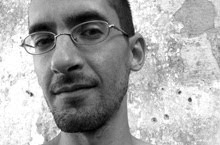


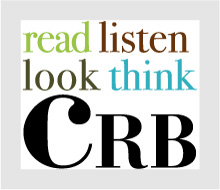
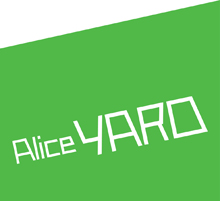
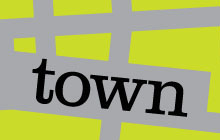

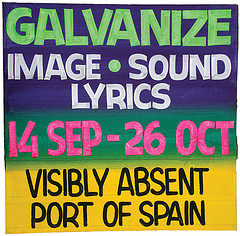
No comments:
Post a Comment